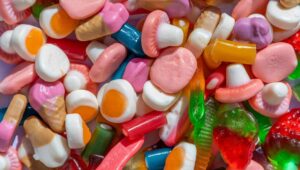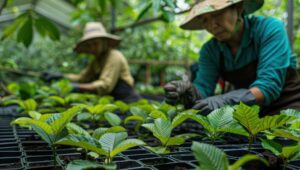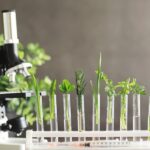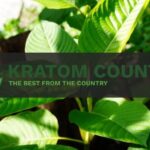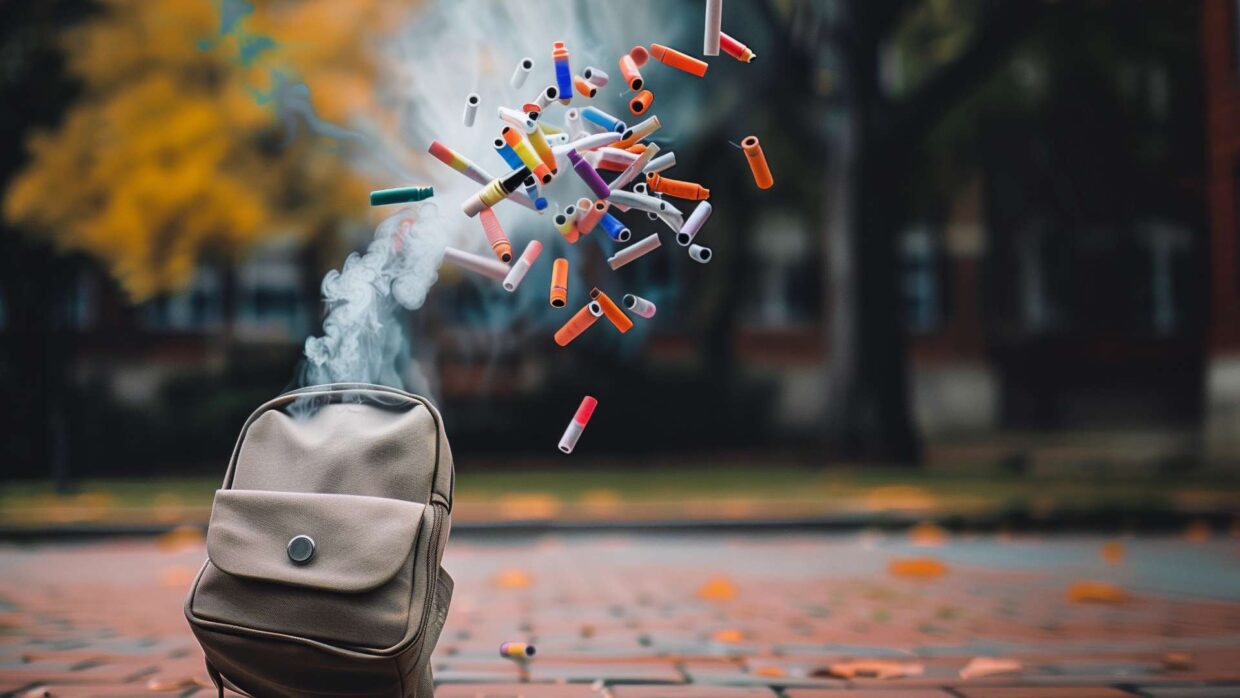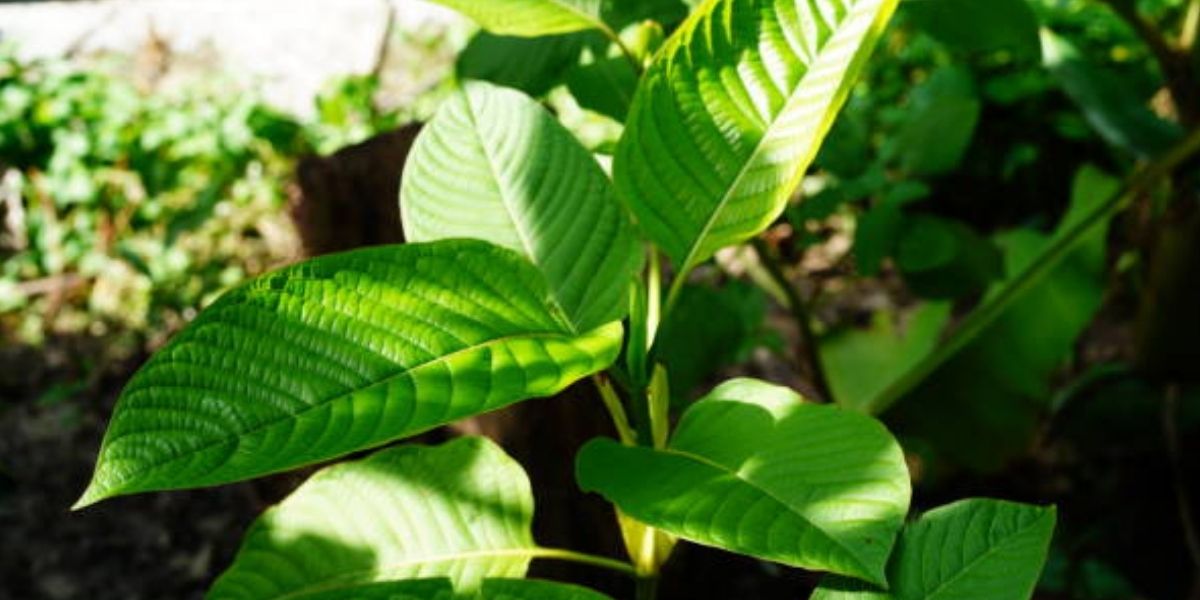As the cannabis industry continues to expand, the understanding of cannabinoids and their effects becomes increasingly important. Among the many compounds found in cannabis, certain cannabinoids are recognized for their potency and therapeutic potential.
This blog post will explore what a potent cannabinoid is, the different types of cannabinoids, and their associated benefits.
What is Cannabinoid?
When we talk about what is cannabinoid, we’re usually referring to phytocannabinoids, those naturally occurring compounds found in plants. Specifically, dozens of phytocannabinoids have been discovered so far in the cannabis plant – and still counting.
Each of these molecules connects uniquely with specialized receptors in your brain, forming part of the endocannabinoid system. This remarkable system plays a subtle yet powerful role in shaping your mood, appetite, pain perception, inflammation, and other essential bodily and mental processes.
For example, CB1 and CB2 are two receptors that are responsible for the psychotropic or calming effects of some phytocannabinoids.
Examples of Cannabinoids
1. THC (Tetrahydrocannabinol):
- Binds to CB1 receptors.
- Responsible for the psychoactive “high” effect.
2. CBD (Cannabidiol):
- Antagonizes CB1 receptors, reducing some negative effects of THC.
- Binds to CB2 receptors, offering calming and anti-inflammatory benefits.
Types of Cannabinoid
If we’re being technical, a cannabinoid is any molecule that can bind to a cannabinoid receptor. Cannabinoids aren’t limited to cannabis or even plants. They come in various types and sources. Here’s a quick look at the different kinds you should know about.
1. Endocannabinoids
Endocannabinoids were discovered after phytocannabinoids. The term “endo” means “within,” as endocannabinoids are the natural cannabinoids your body produces to help regulate various functions. They are the reason that your body has CB1 and CB2 receptors, to begin with.
While endocannabinoids interact with the same receptors as THC and CBD, they don’t quite resemble phytocannabinoids in structure. They don’t interact in the same way, which is why you don’t get “high” from your body’s natural cannabinoids. 2-AG is one example of an endocannabinoid, shown here.
2. Phytocannabinoids
Phytocannabinoids are natural compounds found in cannabis, like THC, CBD, and a variety of others, each offering unique benefits. These cannabinoids occur in the carboxylated form (meaning they have an extra chemical group attached to them) and must be heated to release the psychoactive molecules we’re familiar with.
3. Synthetic cannabinoids
Molecules that interact with CB1 and CB2 receptors can also be created in the lab. These synthetic cannabinoids are typically much stronger and come with stricter regulations. They are used for drug therapy.
For example, synthetic cannabinoids like nabilone and dronabinol are commonly used in medical treatments to help manage various conditions. Nabilone is about twice as strong as delta-9-THC, and seven times stronger than dronabinol.
4. Semi-synthetic cannabinoids
Semi-synthetic cannabinoids, such as HHC and delta-8-THC, are created by modifying natural cannabinoids through straightforward chemical processes. These compounds offer a unique twist on the cannabis experience, blending nature with a bit of science.
These compounds can be psychotropic, but their effects tend to differ a bit from those of phytocannabinoids. They are popular on the market because they fall into a legal loophole thanks to some ambiguous phrasing in the 2018 Farm Bill.
What is the Most Potent Cannabinoid?
What determines how potent a cannabinoid is? The tighter a cannabinoid molecule grips your body’s cannabinoid receptors, the more powerful its effects become.
Usually, when we talk about “potency” we’re referring to the psychotropic effects of the molecule, or how high you will get from consuming it. In simple terms, the more a compound sticks to the CB1 receptor, the stronger the high you’ll feel.
Is THC the Most Potent Cannabinoid?
THC is the most well-known psychoactive compound in cannabis, mainly because it’s the only one that occurs naturally in substantial amounts. THC refers to delta-9-tetrahydrocannabinol (delta-9-THC). However, just because it has the advantage of abundance doesn’t mean that it is the most potent cannabinoid.
Other cannabinoids are quite similar to delta-9-THC, differing only by small tweaks in their structure. The structural similarity means that these other cannabinoids can still activate the CB1 receptor, just like THC.
Returning to the lock and key model, these other molecules are like keys that are very similar in shape to the THC molecule. As a result, they tend to fit into the CB1 “lock” just as perfectly, and sometimes even more effectively.
Related:
THC vs THCP: What’s the difference?
Delta-8-THC and Delta-10-THC
There are also other ways to tweak THC and create variations, aside from just changing the length of the carbon chain. For example, the double bond on the uppermost ring (hexagon) can be shifted around. This is usually accomplished via semi-synthetic methods.
The new placement of the double bond results in cannabinoids delta-8-THC and delta-10-THC.
These molecules aren’t quite as potent as delta-9-THC, and may even be a bit less powerful, so they don’t quite cut for being the most potent cannabinoid.
However, they have other advantages, such as the quality of the high, which may make them more appealing to some consumers. For example, delta-8-THC is often reported to have lower paranoia compared to delta-9-THC.
Some Other Cannabinoids
Cannabis is a plant full of fascinating cannabinoids, each one adding its special touch to the overall experience. While cannabinoids like CBC, CBN, and CBG may not be as potent as THC, they still play significant roles in the cannabis experience.
1. Potency vs Quality
When exploring cannabinoids or cannabis products, potency isn’t the only thing to focus on, it’s not even the most important factor in shaping your high. Your overall experience is influenced by many things, like the dosage, your mood, your expectations, and the environment you’re in.
For example, even if a cannabinoid isn’t super potent, tweaking the dosage can still help you get the results you’re looking for. Moreover, external factors such as your environment and mindset have a colossal impact on how you experience cannabis.
2. The Appeal of Delta-8-THC
Delta-8-THC is a great example of how a cannabinoid’s impact isn’t just about its strength—it’s about the experience it creates. Though similar in strength to THC, delta-8-THC is often favored due to its association with fewer negative side effects like anxiety and paranoia.
Its higher affinity for the CB2 receptor helps balance out these adverse effects, resulting in a more enjoyable experience for some consumers.
3. The Entourage Effect
The entourage effect happens when cannabinoids work together with other non-cannabinoid compounds in cannabis, creating a more powerful and well-rounded experience. This phenomenon suggests that all these molecules work synergistically to enhance your overall experience.
Even if individually they don’t seem particularly potent, together they create a balanced and nuanced effect.
This synergy extends to a variety of cannabinoids like CBD, CBC, CBN, and CBG, all of which are naturally found in both cannabis and hemp. Their combined effects may significantly enhance the therapeutic and recreational benefits of cannabis products.
Wrapping It Up
Understanding the various types of potent cannabinoids and their benefits is essential as interest in cannabis-based therapies continues to grow. From THC’s well-known psychoactive effects to CBD’s therapeutic potential without intoxication, each cannabinoid offers unique properties that can contribute to health and wellness.
As research continues to uncover the complexities of cannabinoids like THCV, CBG, and THCP, consumers will have more options at their disposal for managing health conditions naturally. Always consult with healthcare professionals before starting any new treatment regimen involving cannabinoids to ensure safety and efficacy tailored to individual needs.
More Readings:

